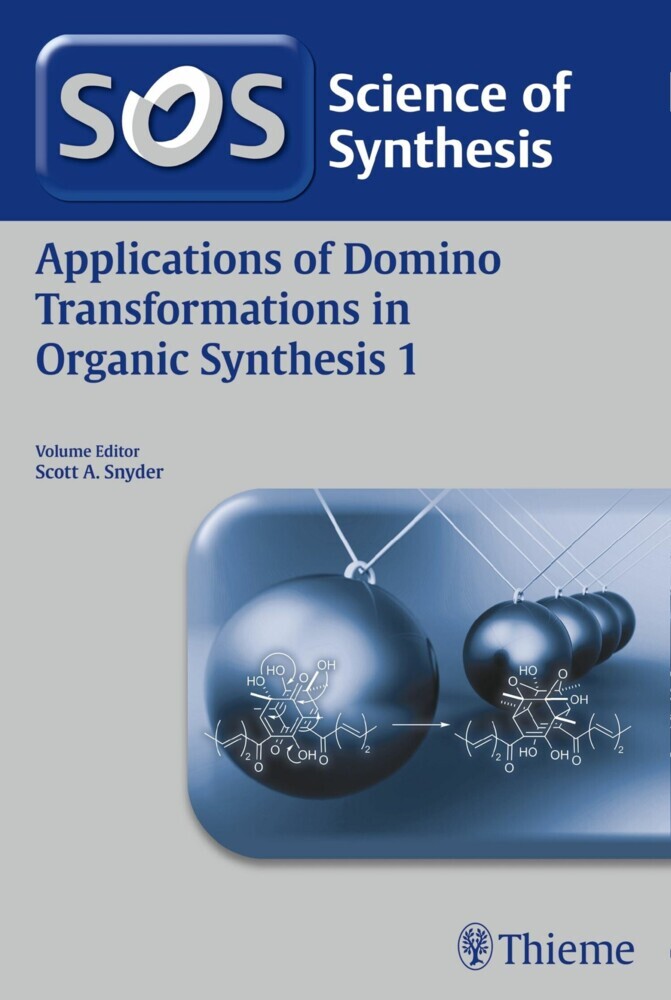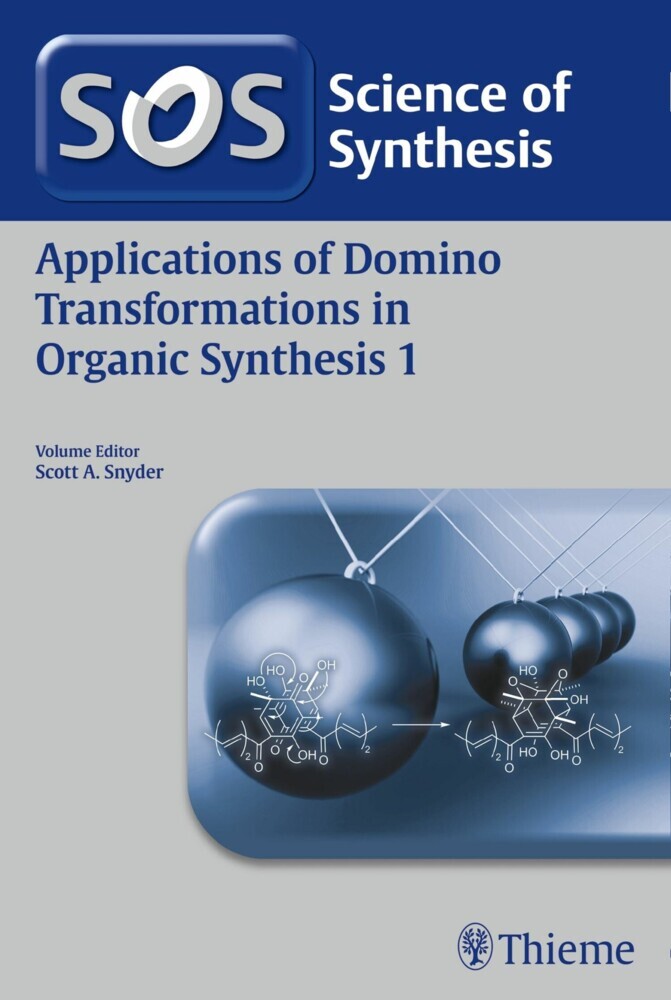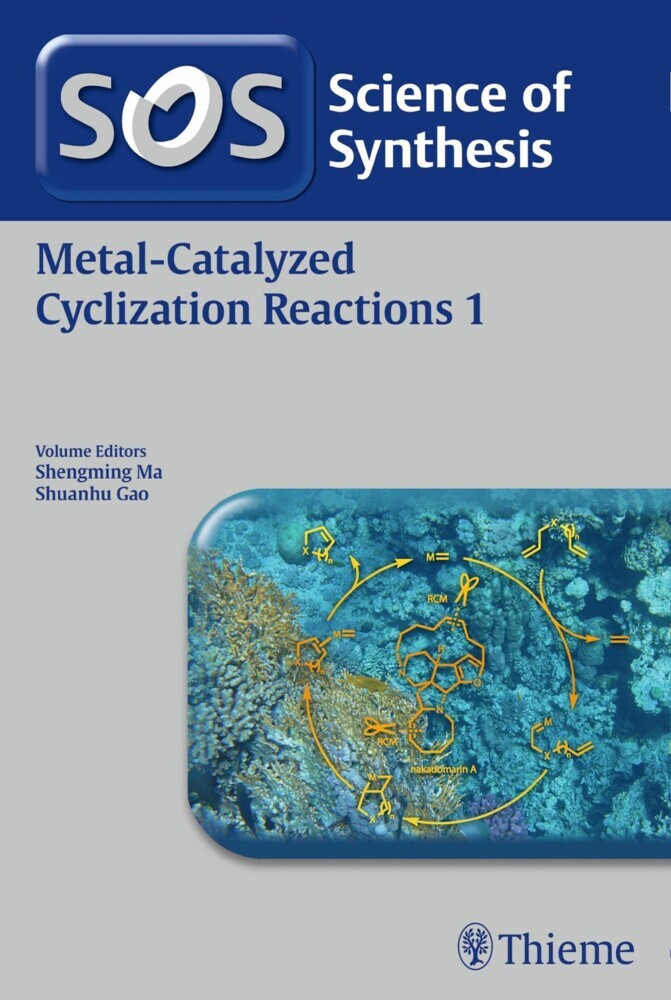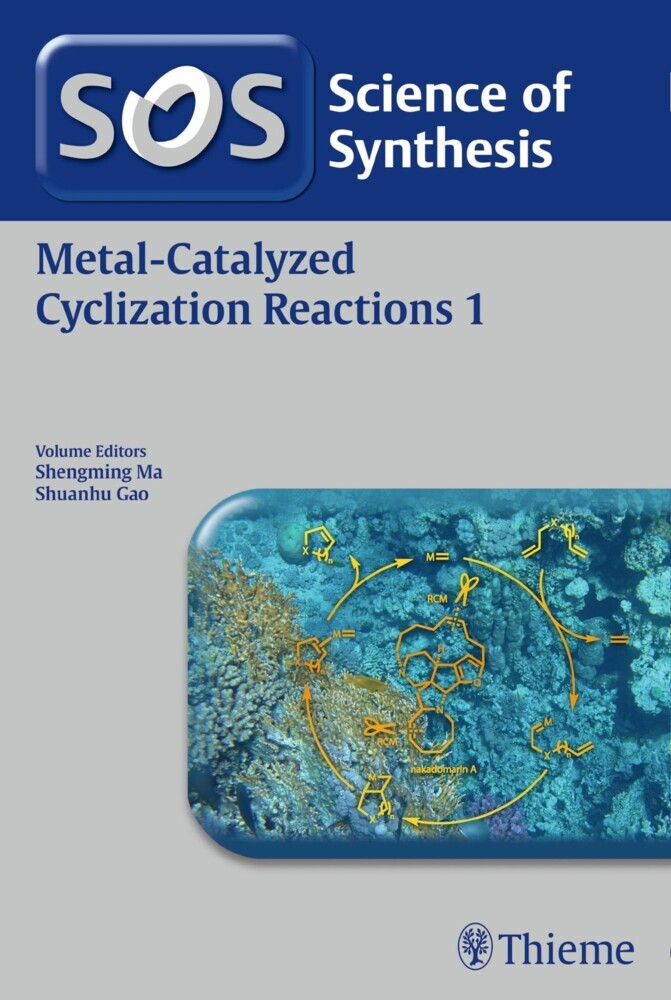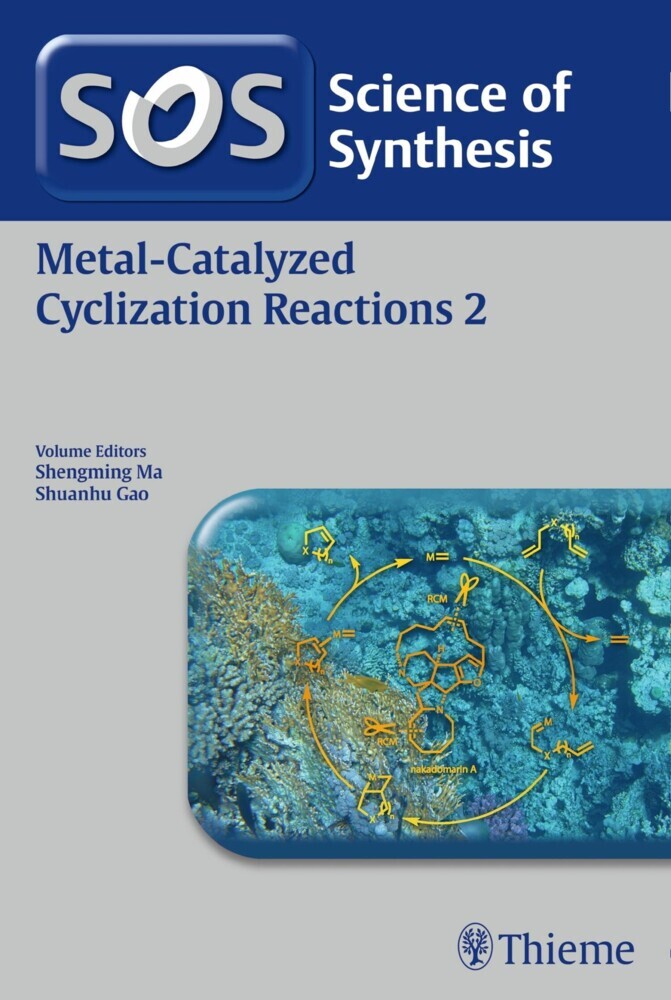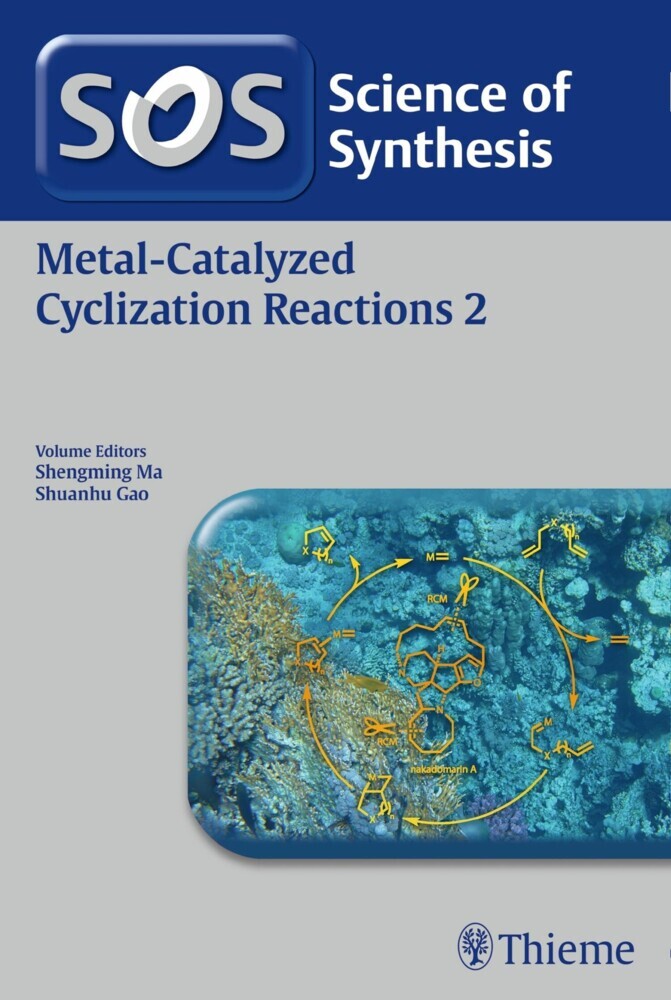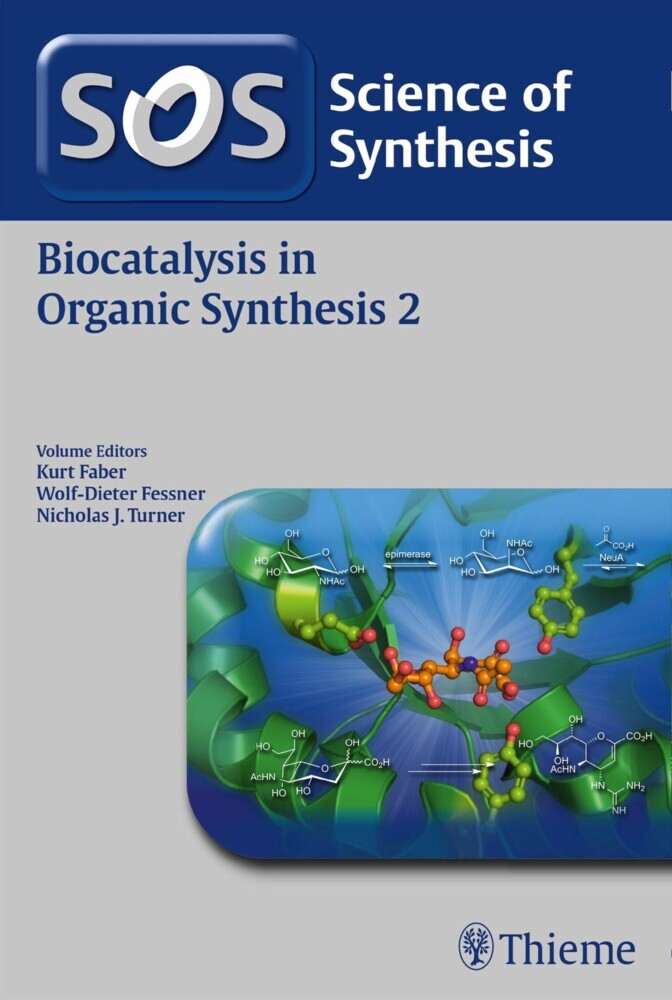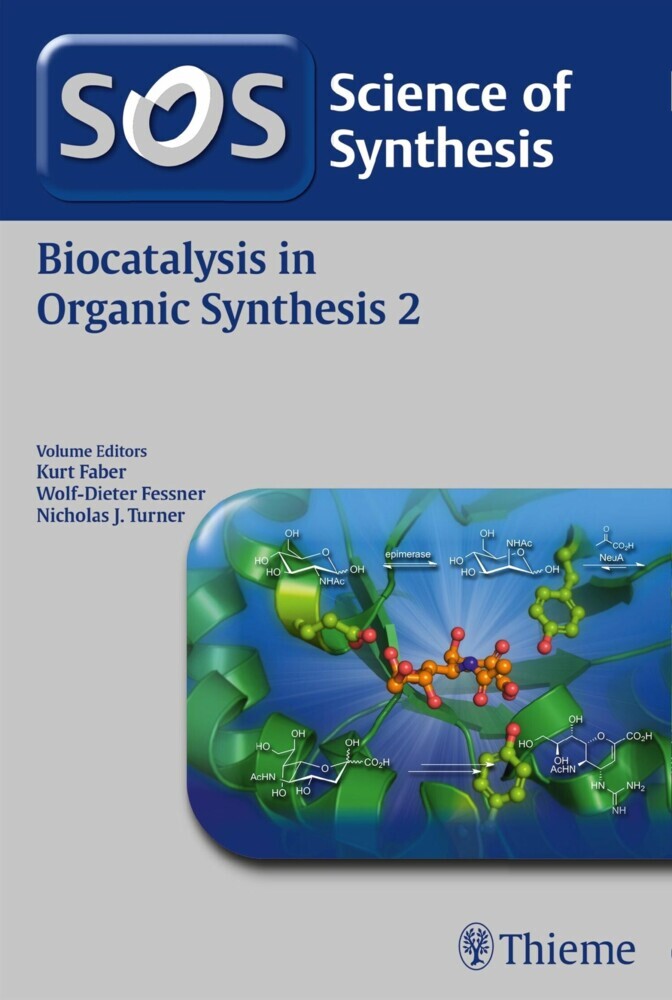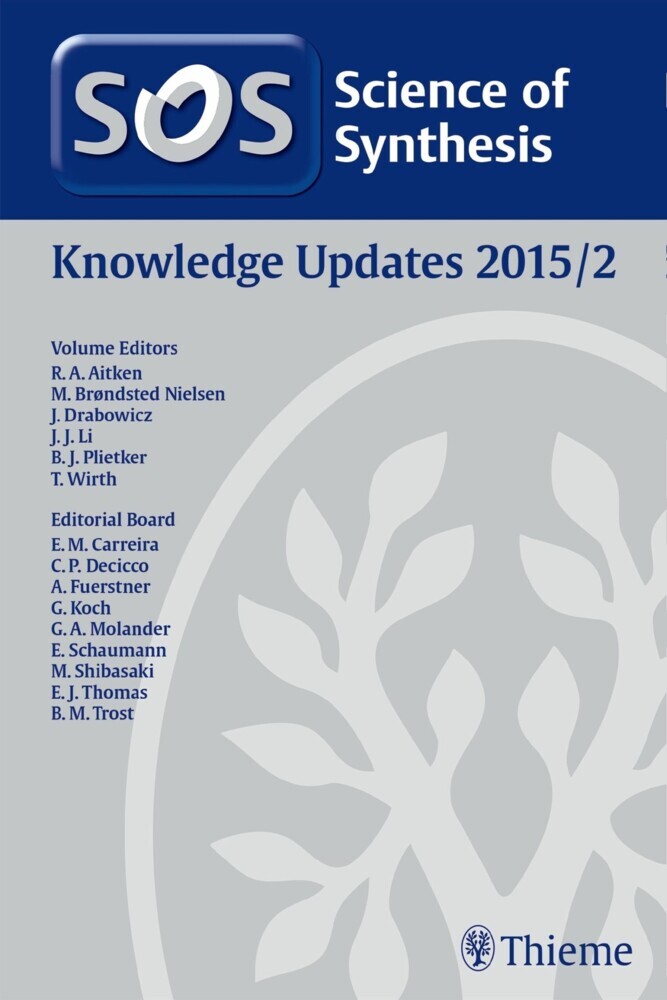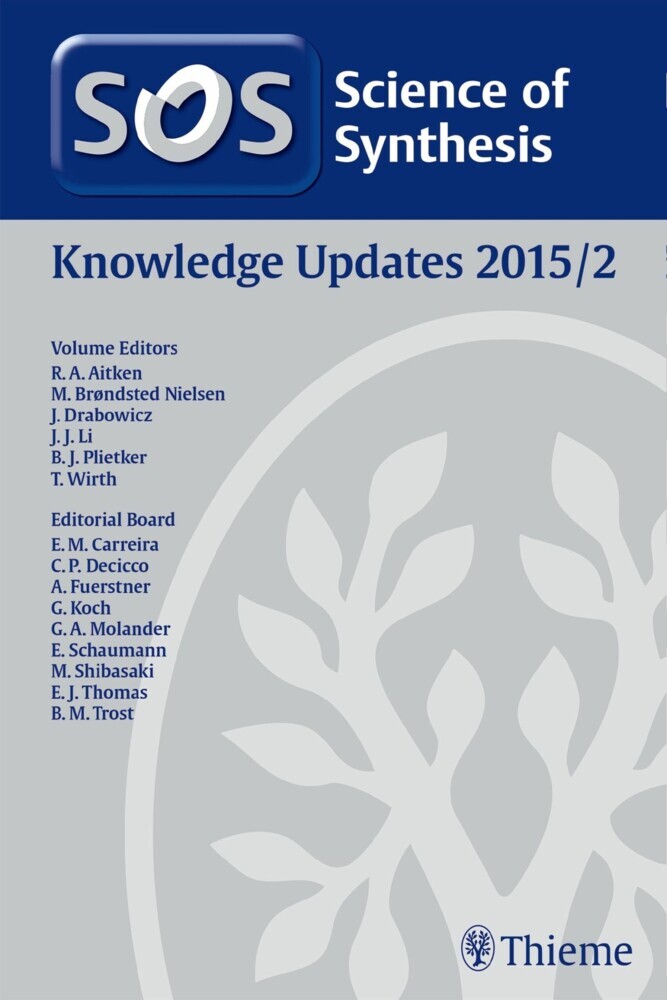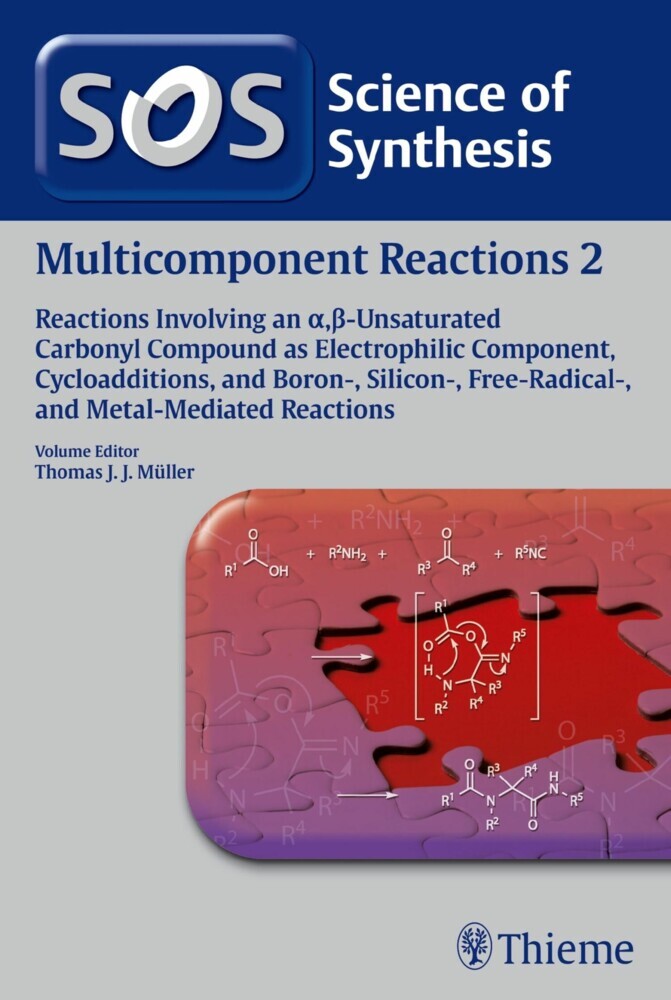Applications of Domino Transformations in Organic Synthesis, Volume 1
The rapid pace of evolution in domino, or cascade-based transformations has revolutionized the practice of chemical synthesis for the creation of natural products, designed molecules, and pharmaceuticals. 'Science of Synthesis: Applications of Domino Transformations in Organic Synthesis' explores the topic thoroughly and systematically, serving as the basis for practical applications and future research. The 2-volume set presents the cutting-edge in terms of design, strategy, and experimental procedures, leading to multiple events being accomplished within a single reaction vessel. The content is organized by the core type of reaction used to initiate the event, be it a pericyclic reaction, a metal-mediated transformation, radical chemistry, or an acid-induced cascade among many others. Volume 1 covers polyene/cation-pi cyclizations, metathesis, radical, and metal-mediated reactions, and non-radical skeletal rearrangements.
1;Science of Synthesis Applications of Domino Transformations in Organic Synthesis 1;1 2;Title Page;7 3;Copyright;8 4;Preface;9 5;Science of Synthesis Reference Library;11 6;Volume Editor's Preface;13 7;Abstracts;15 8;Applications of Domino Transformations in Organic Synthesis 1;23 9;Table of Contents;25 10;Introduction;37 11;1.1 Polyene Cyclizations;49 11.1;1.1.1 Cationic Polyene Cyclizations Mediated by Brønsted or Lewis Acids;50 11.1.1;1.1.1.1 Most Used Cationic Polyene Cyclization Methods;51 11.1.1.1;1.1.1.1.1 Polyene Cyclization via Biomimetic Heterolytic Opening of Epoxides by Alkylaluminum Lewis Acids;51 11.1.1.2;1.1.1.1.2 Polyene Cyclization Mediated by Carbophilic Lewis Acids;53 11.1.2;1.1.1.2 Recent Advances in Cationic Polycyclization: Halonium-Initiated Polycyclization;53 11.1.3;1.1.1.3 Other Common Cationic Polyene Cyclization Methods;55 11.1.3.1;1.1.1.3.1 Catalytic, Enantioselective, Protonative Polycyclization;55 11.1.3.1.1;1.1.1.3.1.1 Chiral Transfer from a Brønsted Acid;55 11.1.3.1.2;1.1.1.3.1.2 Chiral Transfer from (R)-2,2'-Dichloro-1,1'-bi-2-naphthol-Antimony(V) Chloride Complex;55 11.1.3.1.3;1.1.1.3.1.3 Chiral Transfer via Nucleophilic Phosphoramidites;56 11.1.3.2;1.1.1.3.2 Polyene Cyclization Initiated by Unsaturated Ketones and Mediated by Aluminum Lewis Acids;57 11.1.3.3;1.1.1.3.3 Gold-Mediated Enantioselective Polycyclization;58 11.1.3.4;1.1.1.3.4 Polycyclization Initiated by an Episulfonium Ion;59 11.1.3.5;1.1.1.3.5 Polycyclization Initiated by a p-Lewis Acidic Metal;59 11.1.3.6;1.1.1.3.6 Enantioselective Polyene Cyclization Mediated by Chiral Scalemic Iridium Complexes;60 11.1.3.7;1.1.1.3.7 Acyliminium-Initiated Polyene Cyclization Mediated by Thioureas;60 11.1.3.8;1.1.1.3.8 Tail-to-Head Polycyclization;61 11.2;1.1.2 Radical Polyene Cyclizations;62 11.2.1;1.1.2.1 Most Used Radical Polycyclization Methods;62 11.2.1.1;1.1.2.1.1 Cyclization of Mono-and Polyunsaturated ß-Oxo Esters Mediated by Manganese(III) Acetate;62 11.2.1.2;1.1.2.1.2 Titanocene-Catalyzed Polycyclization;63 11.2.2;1.1.2.2 Recent Advances in Radical Polycyclization;64 11.2.2.1;1.1.2.2.1 Manganese- and Cobalt-Catalyzed Cyclization;64 11.2.2.2;1.1.2.2.2 Manganese-Catalyzed Hydrogenative Polycyclization;65 11.2.2.3;1.1.2.2.3 Radical Isomerization, Cycloisomerization, and Retrocycloisomerization with a Cobalt-salen Catalyst;66 11.2.3;1.1.2.3 Other Examples of Radical Polycyclization;67 11.2.3.1;1.1.2.3.1 Radical Polycyclization via Photoinduced Electron Transfer;67 11.2.3.2;1.1.2.3.2 Polycyclization via Organo-SOMO Catalysis;67 11.2.3.3;1.1.2.3.3 Polyene Radical Cascades in Complex Molecule Synthesis;67 11.3;1.1.3 Polyene Cyclization via Reductive Elimination from a Metal Center or Metathesis;68 11.3.1;1.1.3.1 Most Used Polycyclization Methods via Reductive Elimination;68 11.3.1.1;1.1.3.1.1 Palladium Zipper Cyclization Cascades;68 11.3.1.2;1.1.3.1.2 Polycyclization Cascades via Metathesis;69 11.3.2;1.1.3.2 Other Polycyclization Methods via Reductive Elimination;70 11.3.2.1;1.1.3.2.1 Cyclization via p-Allylpalladium Complexes;70 11.3.2.2;1.1.3.2.2 Palladium-Catalyzed Ene-Yne Cycloisomerization;71 11.3.2.3;1.1.3.2.3 Cycloisomerization in Complex Molecule Synthesis;71 11.4;1.1.4 Anionic Polyene Cyclizations;72 11.4.1;1.1.4.1 Examples of Anionic Polyene Cyclizations;73 11.4.1.1;1.1.4.1.1 Stereoselective Polycyclization via Intramolecular Diels-Alder Cycloaddition Followed by Aldol Condensation;73 11.4.1.2;1.1.4.1.2 Transannular Double Michael Cyclization Cascades;74 12;1.2 Cation-p Cyclizations of Epoxides and Polyepoxides;79 12.1;1.2.1 exo-Selective Polyepoxide Cascades;79 12.1.1;1.2.1.1 Brønsted Acid Promoted Cascades;79 12.1.2;1.2.1.2 Brønsted Base Promoted Cascades;81 12.1.3;1.2.1.3 Oxocarbenium-Initiated Cascades via Photooxidative Cleavage;82 12.2;1.2.2 endo-Selective Polyepoxide Cascades;83 12.2.1;1.2.2.1 Lewis Acid Activation;83 12.2.1.1;1.2.2.1.1 Alkyl-Directed Cascades;83 12.2.2;1.2.2.2 Brønsted Base Activation;87 12.2.2.1;1.2.2.2.1 T
Snyder, Scott A.
Carreira, Erick M.
Decicco, Carl P.
| ISBN | 9783132028517 |
|---|---|
| Artikelnummer | 9783132028517 |
| Medientyp | E-Book - ePUB |
| Copyrightjahr | 2016 |
| Verlag | Georg Thieme Verlag KG |
| Umfang | 732 Seiten |
| Sprache | Englisch |
| Kopierschutz | Digitales Wasserzeichen |

